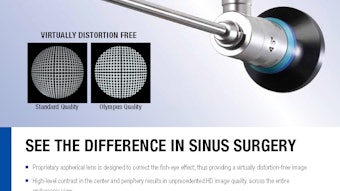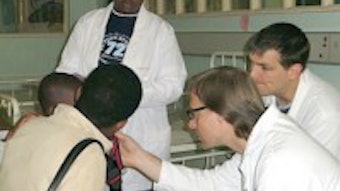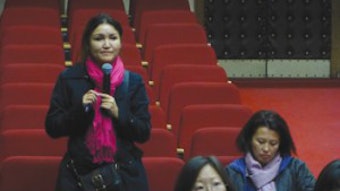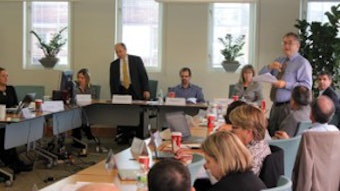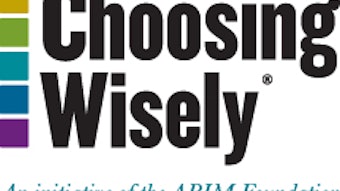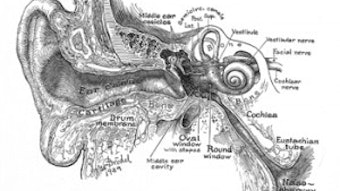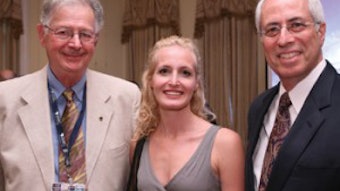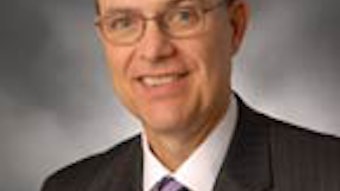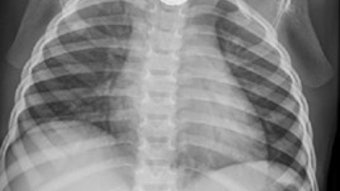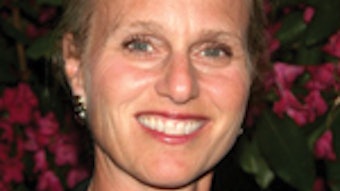AAO-HNS Coding Resources
Experts agree that correct coding may be the single most important area for surgical practice improvement. However, keeping up with the constant changes in claims coding and billing rules can be costly and time consuming. Therefore, the American Academy of Otolaryngology-Head and Neck Surgery (AAO-HNS)—as a part of its ongoing endeavor to support members—has several resources available for members, as highlighted below. AAO-HNS CPT for ENT Articles These articles provide specific, coding guidance from the AAO-HNS Physician Payment Policy (3P) workgroup and AAO-HNS CPT team, on common coding inquiries received from Members, or key coding changes impacting Otolaryngology-Head and Neck Surgery. They can be found online at: http://www.entnet.org/Practice/cptENT.cfm. New for 2013: Academy Coding Corner Beginning for 2013, the Academy will include critical updates and coding changes to Members via multiple mechanisms, including the Bulletin and the HP update. Stay tuned for more information. AAO-HNS 2013 Coding Workshops The Academy, in partnership with Karen Zupko & Associates, provides members with the opportunity to enhance the business side of their clinical practice. Held eight times a year, these two day workshops enhance the business side of clinical practice and assist with the most current coding challenges. Visit www.entnet.org/coding for more information. AAO-HNS Coding Assistance As an Academy member, you receive several complimentary coding guidance consultations to help with your more complex coding questions. To access a coding specialist, call 1-800-584-7773, 9 am-6pm ET. If you would like to provide feedback on guidance provided by the coding specialist, please contact the Health Policy department at HealthPolicy@entnet.org. Additional Coding Resources We urge physicians to reserve the use the AAO-HNS Coding Hotline for complicated coding questions. For more general education and guidance, we strongly recommend that you and/or your office billing claims staff annually attend the AAO-HNS Coding workshops as well as some or all of the following coding educational workshops and/or visit the websites noted for coding reference materials: Medicare Learning Network offers 17 web-based programs. Details are on the CMS website: http://www.cms.hhs.gov/MLNProducts (click on the link to web-based training modules at the bottom of the page). American Medical Association offers many resources including: CPT/RVU search; 2013 Code Changes book and workshop, CPT Assistant, webinars, CPT/RBRVS Annual Symposium, articles, etc. See: http://www.ama-assn.org/ama/pub/physician-resources/solutions-managing-your-practice/coding-billing-insurance/cpt/cpt-products-services.page? Coding & Reimbursement Workshops for Otolaryngology Enhance the business side of your clinical practice by attending the regional workshops conducted by Karen Zupko & Associates. The course sessions, held Friday and Saturday, are designed to help you to run a better business and ensure that you are coding correctly: Profitable Practice Management Mastering ENT Coding The second day of each workshop is approved for AMA PRA Category 1 Credit™ for physicians. Workshop location and dates for 2013: Dallas, TX Hotel ZaZa February 1-2 Orlando, FL Wyndham Grand Orlando, Bonnet Creek February 15-16 Las Vegas, NV Encore at Wynn Las Vegas March 8-9 Chicago, IL The Drake Hotel April 12-13 Nashville, TN Loews Vanderbilt Hotel August 23-24 Minneapolis, MN Radisson Blu Mall of America September 13-14 Las Vegas, NV The Westin Las Vegas October 25-26 Chicago, IL Hyatt Chicago Magnificent Mile November 8-9 Register at www.karenzupko.com or call 312-642-8310. For more information, visit www.entnet.org.
Experts agree that correct coding may be the single most important area for surgical practice improvement. However, keeping up with the constant changes in claims coding and billing rules can be costly and time consuming. Therefore, the American Academy of Otolaryngology-Head and Neck Surgery (AAO-HNS)—as a part of its ongoing endeavor to support members—has several resources available for members, as highlighted below.
AAO-HNS CPT for ENT Articles
These articles provide specific, coding guidance from the AAO-HNS Physician Payment Policy (3P) workgroup and AAO-HNS CPT team, on common coding inquiries received from Members, or key coding changes impacting Otolaryngology-Head and Neck Surgery. They can be found online at: http://www.entnet.org/Practice/cptENT.cfm.
New for 2013: Academy Coding Corner
Beginning for 2013, the Academy will include critical updates and coding changes to Members via multiple mechanisms, including the Bulletin and the HP update. Stay tuned for more information.
AAO-HNS 2013 Coding Workshops
The Academy, in partnership with Karen Zupko & Associates, provides members with the opportunity to enhance the business side of their clinical practice. Held eight times a year, these two day workshops enhance the business side of clinical practice and assist with the most current coding challenges. Visit www.entnet.org/coding for more information.
AAO-HNS Coding Assistance
As an Academy member, you receive several complimentary coding guidance consultations to help with your more complex coding questions. To access a coding specialist, call 1-800-584-7773, 9 am-6pm ET. If you would like to provide feedback on guidance provided by the coding specialist, please contact the Health Policy department at HealthPolicy@entnet.org.
Additional Coding Resources
We urge physicians to reserve the use the AAO-HNS Coding Hotline for complicated coding questions. For more general education and guidance, we strongly recommend that you and/or your office billing claims staff annually attend the AAO-HNS Coding workshops as well as some or all of the following coding educational workshops and/or visit the websites noted for coding reference materials:
Medicare Learning Network offers 17 web-based programs. Details are on the CMS website: http://www.cms.hhs.gov/MLNProducts (click on the link to web-based training modules at the bottom of the page).
American Medical Association offers many resources including: CPT/RVU search; 2013 Code Changes book and workshop, CPT Assistant, webinars, CPT/RBRVS Annual Symposium, articles, etc. See: http://www.ama-assn.org/ama/pub/physician-resources/solutions-managing-your-practice/coding-billing-insurance/cpt/cpt-products-services.page?
Coding & Reimbursement Workshops for Otolaryngology
Enhance the business side of your clinical practice by attending the regional workshops conducted by Karen Zupko & Associates. The course sessions, held Friday and Saturday, are designed to help you to run a better business and ensure that you are coding correctly:
Profitable Practice Management Mastering ENT Coding
The second day of each workshop is approved for AMA PRA Category 1 Credit™ for physicians.
Workshop location and dates for 2013:
| Dallas, TX | Hotel ZaZa | February 1-2 |
| Orlando, FL | Wyndham Grand Orlando, Bonnet Creek | February 15-16 |
| Las Vegas, NV | Encore at Wynn Las Vegas | March 8-9 |
| Chicago, IL | The Drake Hotel | April 12-13 |
| Nashville, TN | Loews Vanderbilt Hotel | August 23-24 |
| Minneapolis, MN | Radisson Blu Mall of America | September 13-14 |
| Las Vegas, NV | The Westin Las Vegas | October 25-26 |
| Chicago, IL | Hyatt Chicago Magnificent Mile | November 8-9 |
Register at www.karenzupko.com or call 312-642-8310.
For more information, visit www.entnet.org.

